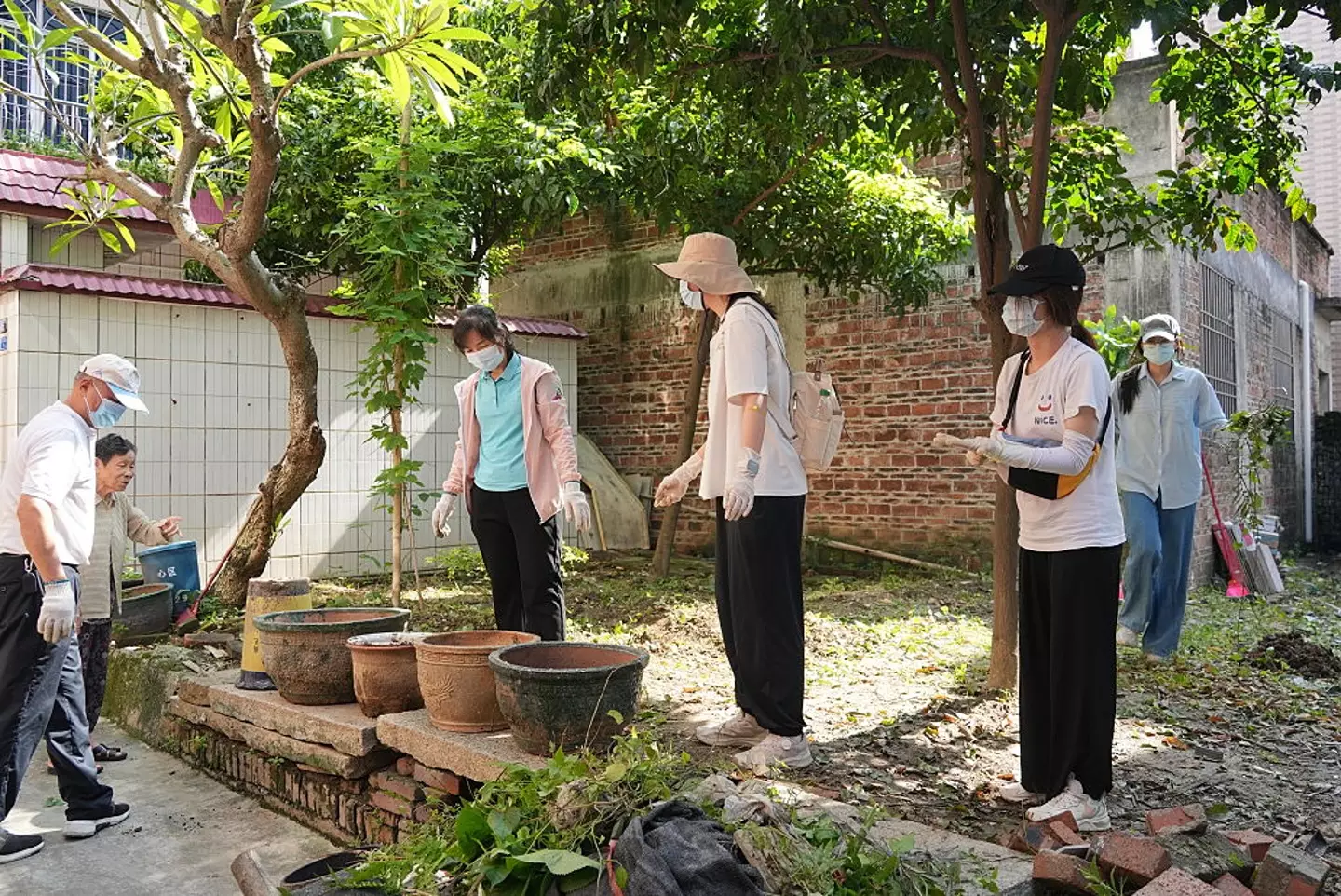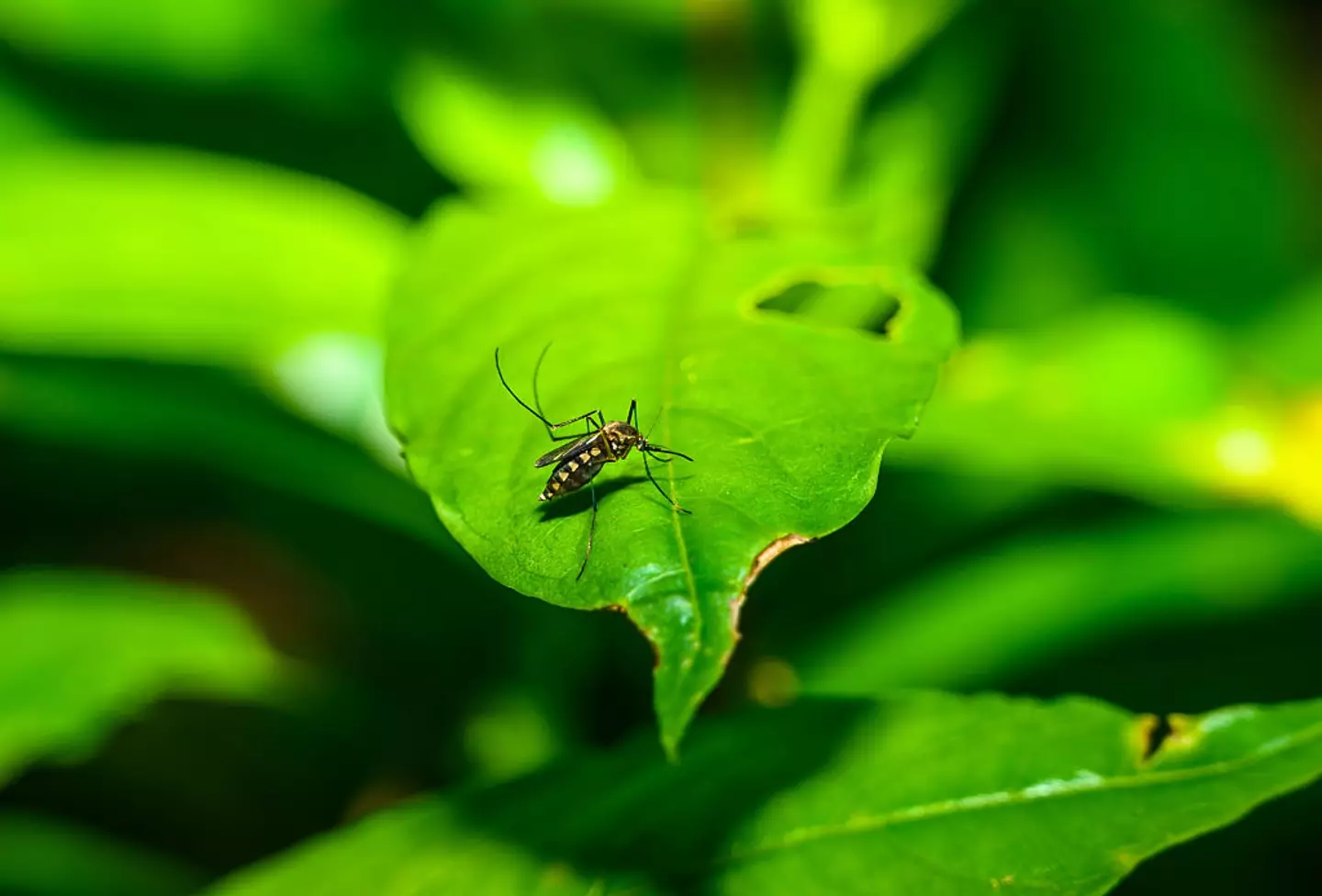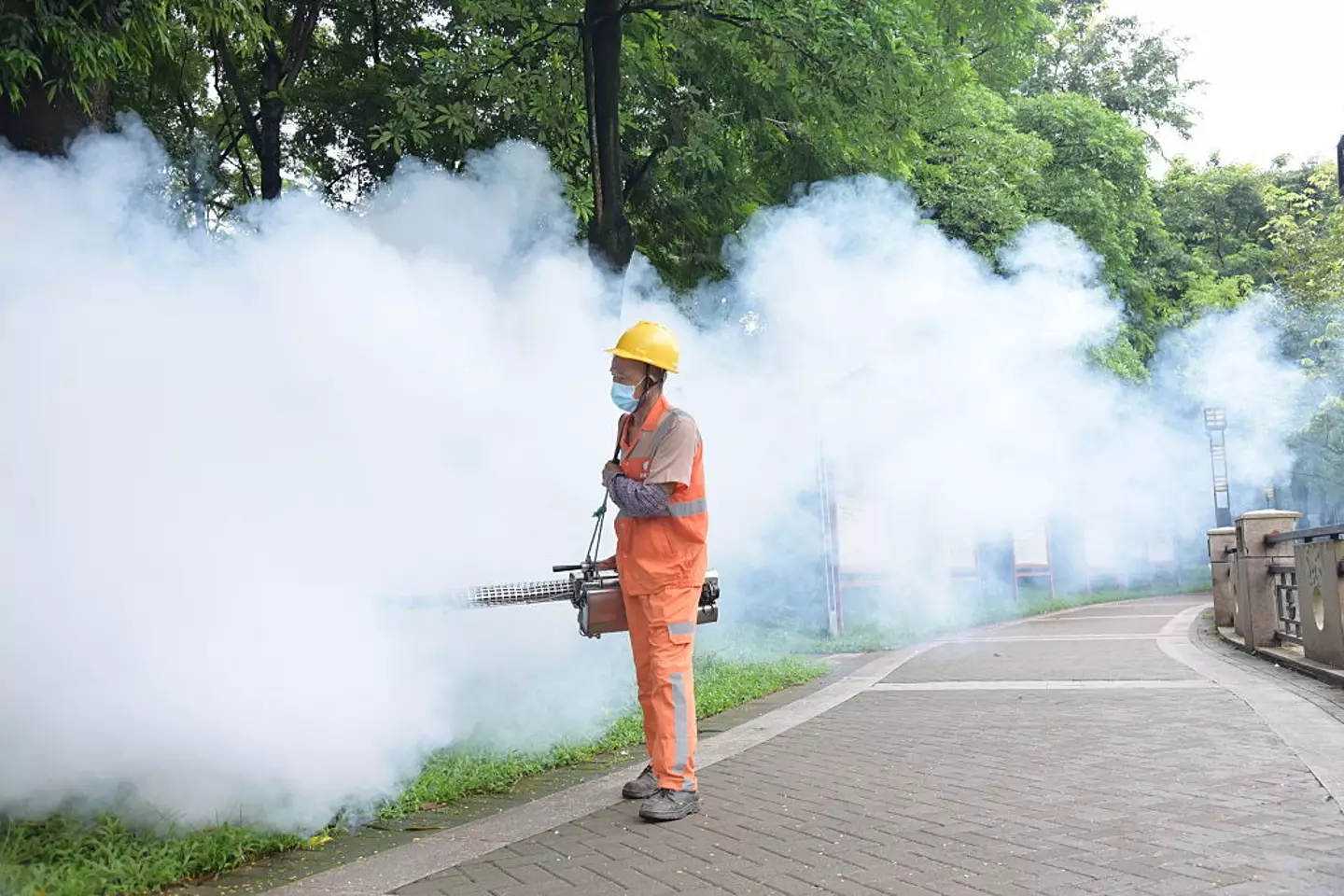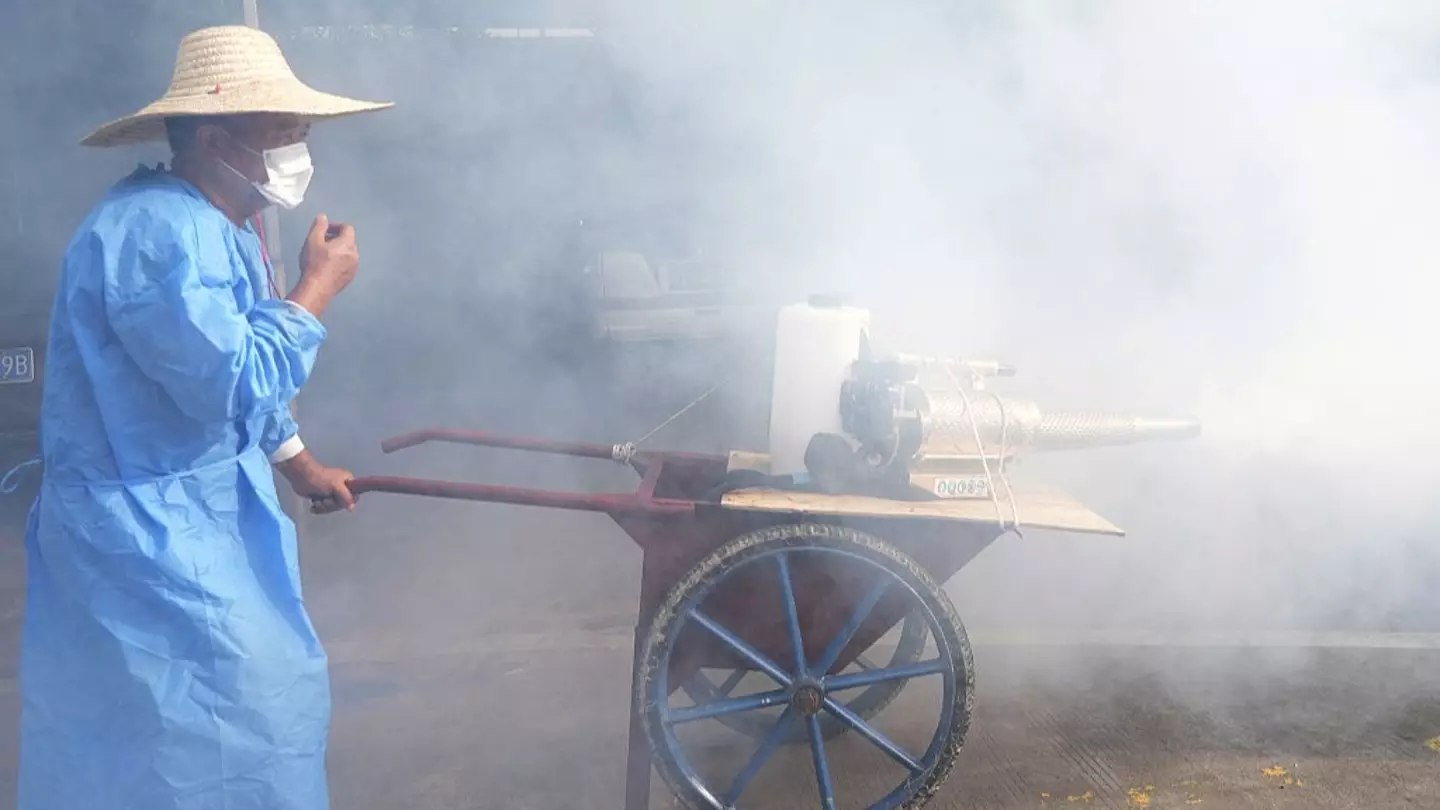The United States has advised its citizens to exercise caution when traveling to China due to the recent surge in Chikungunya virus cases. China has reported approximately 7,000 infections, with the Guangdong region being particularly affected.
In Guangdong, infections have been reported in at least 12 cities, with Foshan experiencing a significant outbreak. There has also been a case in Hong Kong involving a 12-year-old boy who became ill after visiting Foshan.
In response to the rising number of cases, China has implemented stringent measures to curb the spread of the virus. These include requiring patients to remain in hospitals until they test negative, using mosquito nets, eliminating stagnant water from homes, and deploying ‘elephant mosquitoes’ and fish to consume virus-carrying insects (via the BBC).
Consequently, the US government has advised travelers heading to China to exercise caution.

Chikungunya virus is transmitted to humans through bites from infected mosquitoes, primarily the Aedes species.
The virus has historically affected regions in Africa, Asia, the Americas, Europe, and the Pacific and Indian Oceans. First identified in Tanzania in 1952, it has now been reported in over 110 countries, according to the BBC.
Symptoms of the virus include fever and joint pain, along with headaches, muscle pain, joint swelling, and rashes. In severe cases, joint pain can persist for years, although most individuals recover within 7 to 10 days.
Though not contagious between people, the virus can pose a danger to vulnerable groups such as children and pregnant women. The World Health Organization (WHO) highlights that newborns and adults over 65, as well as individuals with conditions like high blood pressure, diabetes, or heart disease, are at higher risk.
The virus is only spread through mosquito bites, not through human contact, allowing it to spread easily as mosquitoes bite multiple individuals.

The increase in cases has prompted the US Centers for Disease Control and Prevention (CDC) to issue a Level 2 travel advisory, urging travelers to “practice enhanced precautions.”
Similar Level 2 advisories are in place for regions including Bolivia, the Guangdong province in China, Madagascar, Mauritius, Mayotte, Réunion, Somalia, and Sri Lanka. There is also an “elevated risk” warning for travelers to Brazil, Colombia, India, Mexico, Nigeria, Pakistan, the Philippines, and Thailand.
Although the virus hasn’t been locally reported in the US since 2019, there were “199 travel-associated reports in the US in 2024 and 46 this year,” according to the CDC.
The CDC further advises travelers to use insect repellent, wear long-sleeved clothing, and stay in air-conditioned areas or locations with screened windows and doors to prevent mosquito bites. Vaccination with the two approved chikungunya vaccines in the US is also recommended.
For pregnant women nearing their due date, there is a risk of transmission to the baby during delivery, which can result in severe illness and poor long-term outcomes for the newborn.

In an article from the South Morning China Post, Yuen Kwok-yung, a chair in infectious diseases at the University of Hong Kong’s Department of Microbiology, emphasized the seriousness of the outbreak.
“Any outbreak could be major because we have no immunity, so we should not take it lightly,” he stated. “Normally, you might only experience a fever, rash, and swollen joints. Most people will be fine, but you must not forget that if you have a chronic illness, it can be very serious to those who are very old or very young.”
WHO’s Rojas Alvarez noted in July that while the Chikungunya virus “isn’t widely known,” it has put 5.6 billion people at risk worldwide, being detected in 119 countries.
Comparing the situation to the Indian Ocean outbreak between 2004 and 2005, Alvarez said (via Science Alert), “Today, WHO is seeing the same pattern emerge: since the beginning of 2025, Réunion, Mayotte, and Mauritius have all reported major chikungunya outbreaks. One-third of the population of Réunion is estimated to have been infected already.”
“Because these patterns of transmission were seen in the outbreak from 2004 onwards, WHO is calling for urgent action to prevent history from repeating itself,” Alvarez added.

